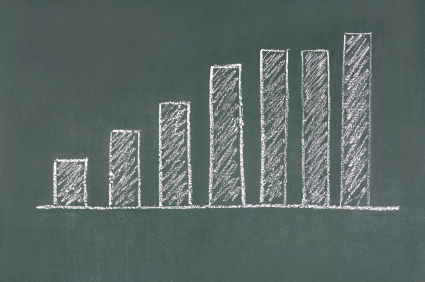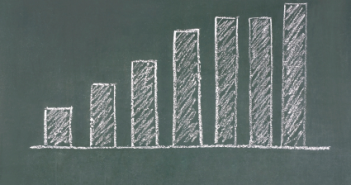The Forex market is undoubtedly the most exciting market in the world, with high profit potential. However, if you are just beginning to trade currencies or planning to do so, it is an absolute must to learn how to trade using the best tool – a Forex Demo account. Most Forex brokers offer a free Demo account with the MetaTrader 4 or MetaTrader 5 platforms.
Once you open a Demo you should dedicate enough time and motivation to prepare yourself for live trading. If you are not sure where to start, we have outlined the 7 most important things that you need to master while trading Forex on your Demo account.
This post was provided by Peter Traychev, of LiteForex

1. Trading Platform Features: Indicators, Expert Advisors and Charts
This is a very important step, but unfortunately it is often overlooked by newbies who begin placing orders without taking the time to get familiar with the features of the trading platform. Don’t be one of them! Learn as much as possible about the trading platform that you will be using. In the MetaTrader 4 and MetaTrader 5 platforms the main features you need to understand and use are: indicators, expert advisors, how to apply and modify charts, how to read the terminal window which has information on your trade activity, account history, alerts, experts, and many other useful features. Dedicate enough time to understand the trading platform and its features, so you can use it to your advantage.
2. Test All Trading Orders
Use the time spent on a Demo account to test out all of the trading orders and understand how they work. Feel free to test each one of them, for example: Buy Limit, Sell Limit, Buy Stop, Sell Stop, Take Profit and Stop Loss. The last two orders are especially useful and most likely you will be using them in all of your trades when you start trading with a Live Account. When you’re setting your Take Profit and Stop Loss orders it’s important to calculate the correct levels, depending on your trading strategy.
3. Pick The Right Leverage For You
Some brokers offer leverage up to 1:200 or even 1:1000. This allows you to place much larger trades by using less money from your account. This way, if the market goes in your direction, you can make big profits if you’re using leverage, but you should also keep in mind that if the market goes against you, your losses will also be higher. Since leverage is a double-edged sword, you should use it carefully. You should determine what is the right leverage level for you, for example: 1:500, 1:200, 1:50 or even no leverage at all 1:1. Using the correct leverage is a good risk management technique, especially during volatile markets.
4. Explore Which Currency Pair(s) Or CFDs You Will Trade
When trading on your Demo account it is easy to lose your focus by opening too many positions with too many different underlying assets. The wise thing to do is to concentrate on one or two currency pairs, for example the EUR/USD, and try to master it. If you feel that the particular instrument is not suitable for your trading style, move to another pair. You can also try out some other assets, such as CFDs on gold and oil, and see how well you are doing. The important thing is to focus on a few assets and to follow the major market news that affect their price movements.
5. Choose The Right Lot Size
Depending on each broker and account type, traders can use three positions or lot sizes: micro lot (1,000 units), mini lot (10,000 units) and standard lot (100,000 units). Just like with leverage, the larger the lot sizes you use, the higher your profit and loss potential is. Newbies are generally encouraged to use smaller lot sizes such as the micro and mini lots since their exposure to the market is smaller. Choosing the right lot size is an important part of risk management and should not be overlooked.
6. Develop A Trading Strategy
Once you’ve become familiar with the Forex trading platform that you will use, you will need to develop your own trading strategy. To help you analyze and spot market opportunities, you can use technical or fundamental analysis. You will also need to carefully evaluate the entry and exit levels of your trades, based on the risk/reward ratio that you will follow. Developing a good trading strategy will help you become a successful trader in the long run.
7. Master Your Emotions
The last tip on the list can be hard to achieve with a Demo Account since you’re trading with virtual money. Once you begin trading with a Live Account, with your own money, you will notice that your emotions will sometimes interfere with your trading. Feelings like anger, guilt, fear or greed may prevent you from applying a sound investment strategy. Pay specific attention to your reactions and try to keep them under control. Perseverance, patience and common sense are the qualities that will make you a successful Forex trader.
